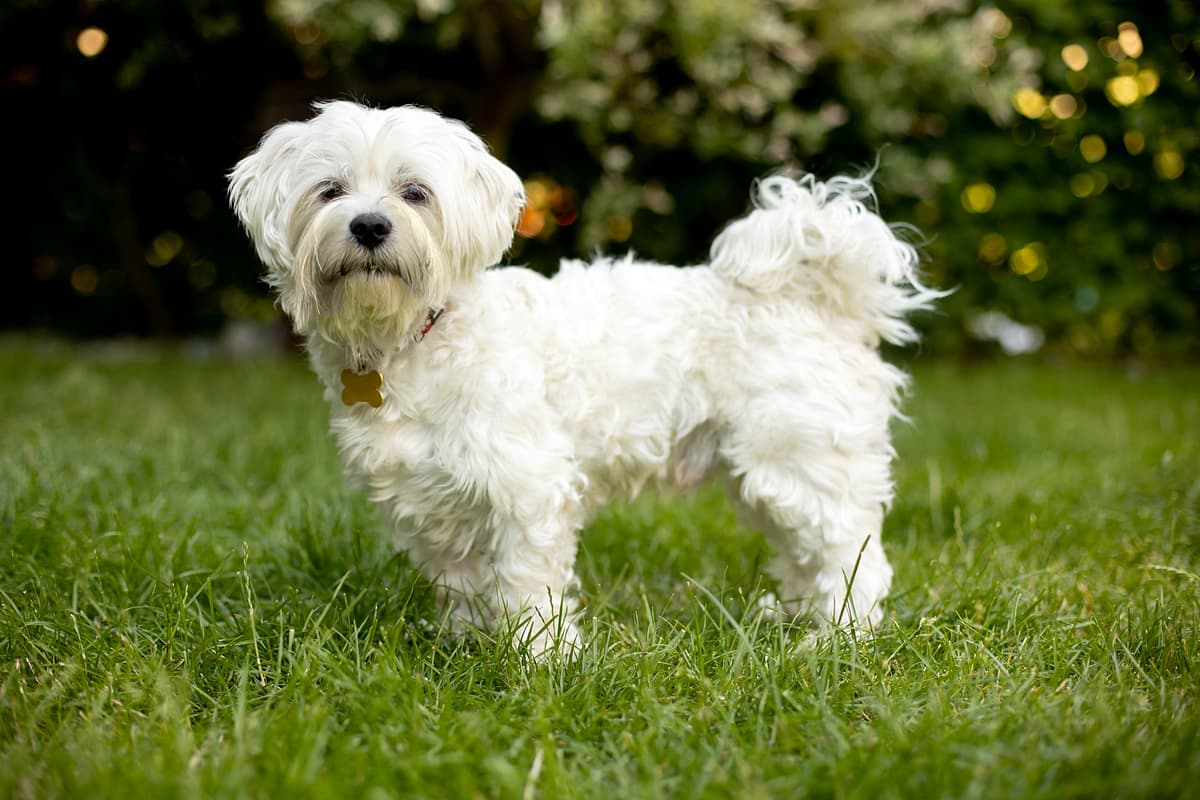Bolognese vs Labrador Retriever
Discover the differences between Bolognese and Labrador Retriever to make the best choice for your situation.
Try different breeds

Bolognese
A charming, affectionate, and playful companion with a cloud-like white coat. Thrives in close-knit homes, forming strong bonds and delighting families with gentle loyalty.

Labrador Retriever
Eager, friendly, and intelligent, this breed loves being part of an active family. Their gentle nature and loyalty make them outstanding companions for all ages.
Quick comparison
Small
2.5–4 kg
Long, fluffy
12–14 years
2.5–4 kg
Low activity needs
Large
29–36 kg
Short double coat, water-resistant
10–12 years
25–32 kg
High energy
Personality & behavior
Compare the personality traits and behavioral characteristics of both breeds.
Bolognese
Affectionate and social with family and visitors
Learns quickly with consistent, gentle guidance
Moderate activity needs, enjoys regular walks
Enjoys interactive games and gentle activities
Adjusts well to changes in environment
Labrador Retriever
Warm and sociable with people and animals
Quick learner, responds well to training
High stamina, enjoys active pursuits daily
Loves games and interactive activities
Adjusts easily to new situations and environments
Care needs
Exercise, grooming, and daily care requirements
Bolognese
Patellar luxation, dental issues
Labrador Retriever
Hip dysplasia, elbow dysplasia
Suitability
How well each breed fits different living situations and families
Bolognese
Great choice
Easygoing and eager to please, they adapt well to new owners and routines.
Ideal companion
Small size and low exercise needs suit apartment settings perfectly.
Not ideal
They prefer calm environments and may tire quickly during intense activities.
Gentle and patient
Usually tolerant but need supervision due to their small, delicate build.
Highly suitable
Generally sociable and can get along well with other pets when introduced properly.
Prone to anxiety
They may develop separation anxiety if left alone for long periods.
Labrador Retriever
Great choice
Patient and eager to please, Labradors are manageable for most first-time owners.
Not ideal
Labradors need space and exercise, so apartments can limit their activity needs.
Perfect fit
High energy and stamina make them excellent for active individuals or families.
Highly suitable
Gentle temperament and playful nature make them safe and loving with young children.
Very friendly
Generally sociable and get along well with other dogs and pets.
Prone to anxiety
Extended alone time can lead to boredom and destructive behaviors in this breed.
Breed strengths
What each breed excels at and their best qualities
Bolognese
- Affectionate with family members
- Good with other small dogs
- Low-shedding, hypoallergenic coat
- Adaptable to apartment living
- Eager to please and trainable
Labrador Retriever
- Friendly and sociable with people and dogs
- Highly trainable and eager to please
- Excellent with children and families
- Strong retrieving and swimming abilities
- Generally adaptable to various living situations
Challenges & considerations
Potential challenges and considerations for each breed
Bolognese
- Prone to separation anxiety when left alone
- Requires daily coat grooming to prevent mats
- Can be reserved with strangers
- Sensitive to sudden changes in environment
- May develop small dog syndrome without guidance
Labrador Retriever
- Prone to obesity without portion control
- Can become destructive if under-exercised
- Heavy seasonal shedding requires regular grooming
- May develop hip or elbow dysplasia
- Needs significant daily physical activity
Ready to choose your perfect breed?
Learn more about each breed or compare other breeds to find the perfect match for your lifestyle.
Discover more helpful tools
Make use of our other free tools to get the most out of your pet experience
